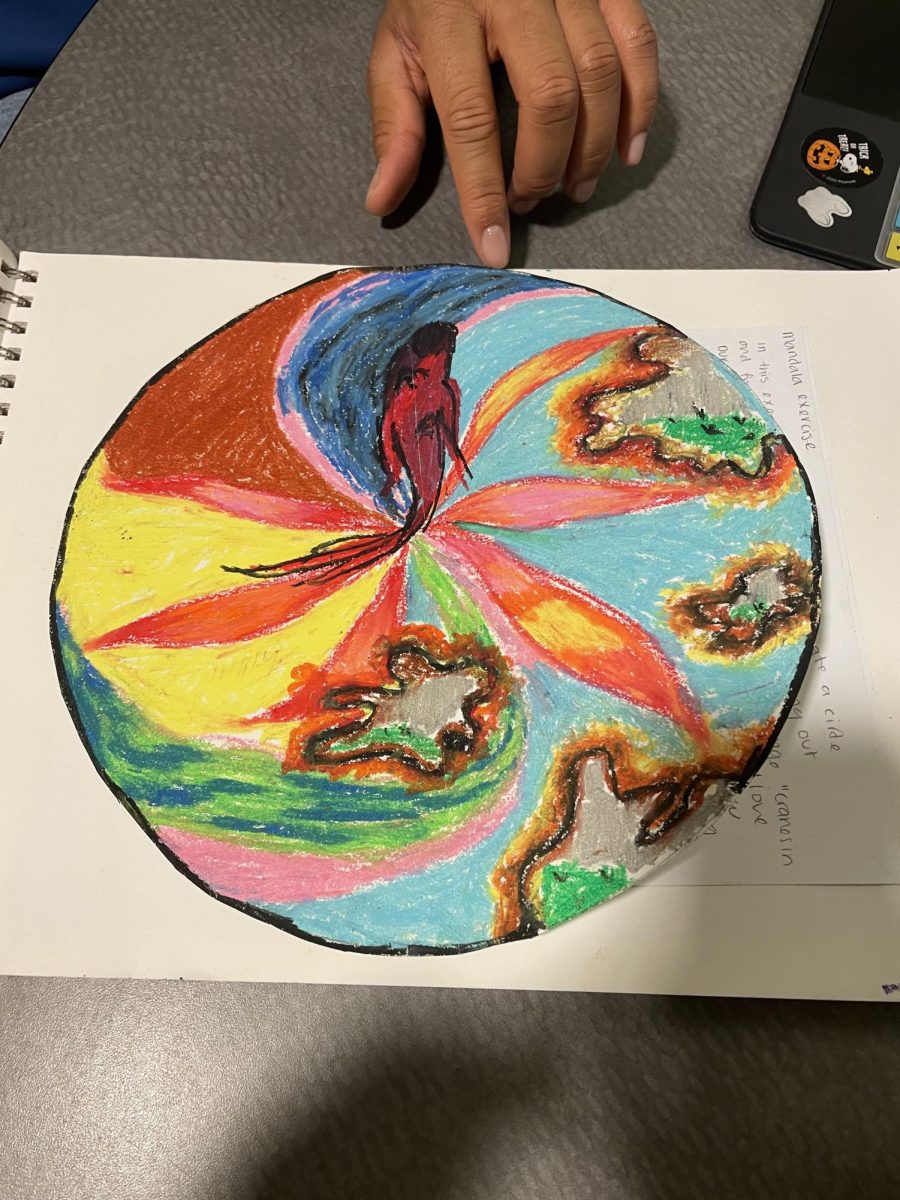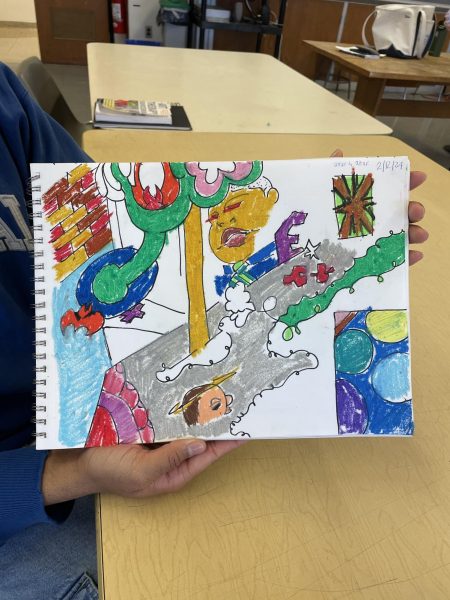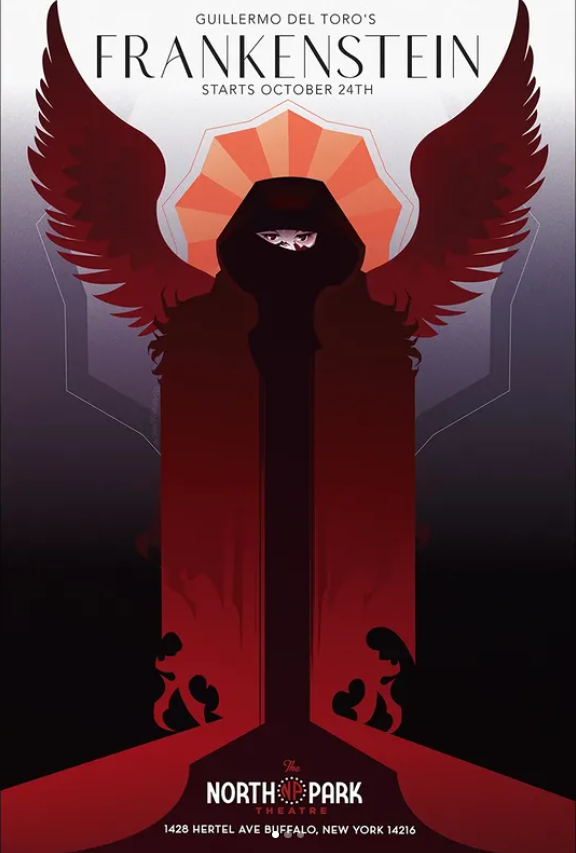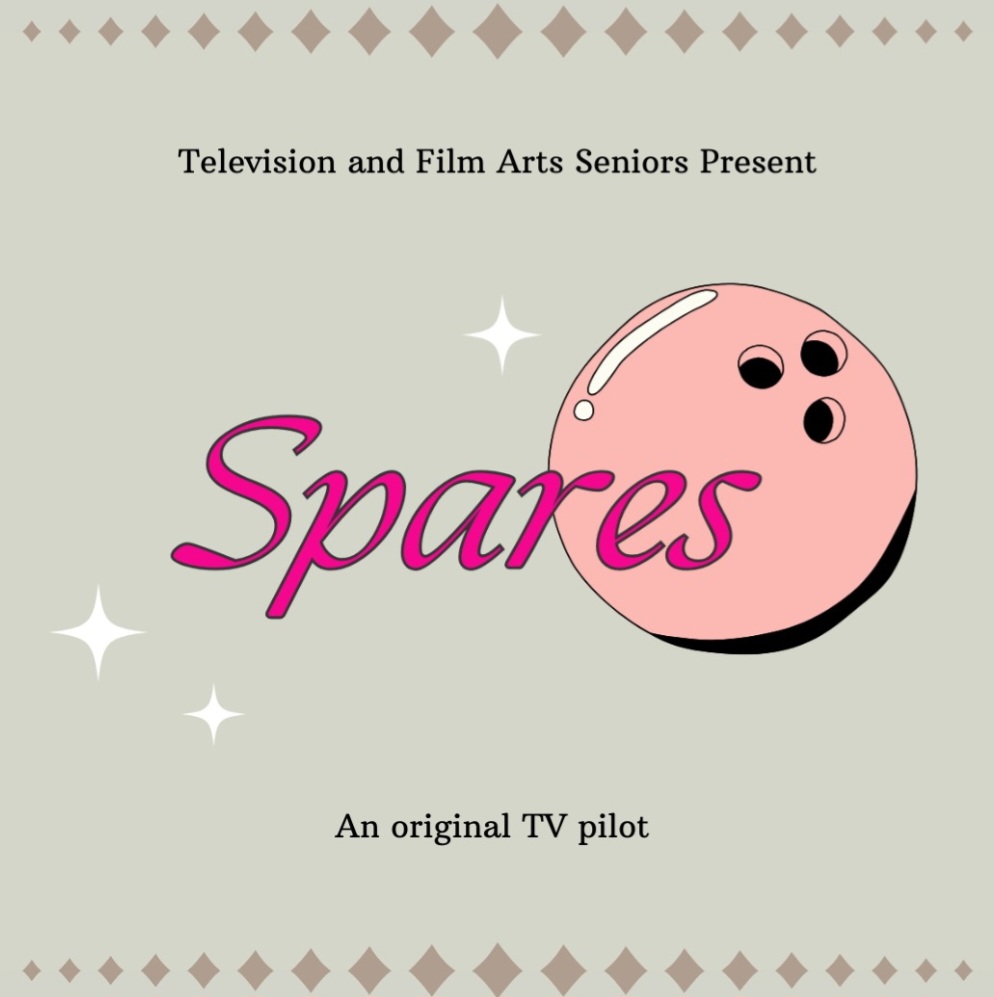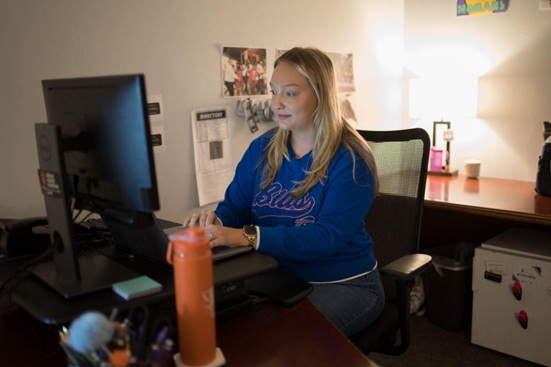What is Art Therapy? It is a mix between art and counseling and exists to help people express their emotions through art.
“It has existed for over 50 years all around the world, and it is the belief that art can be healing,” said Kristin Crosson, who teaches Art Therapy.
Art Therapy was created by psychologists, educators and other individuals who work with people with special needs. Art therapists can work in hospitals, schools, veteran’s clinics, private practices, psychiatric and rehabilitation facilities, community clinics, crisis centers, forensic institutions, senior communities and even in museums.
Art Therapy can address things like mood disorders such as anxiety and depression, communication disorders, and learning disorders such as Autism Spectrum Disorder (ASD) or Attention Deficit Hyperactivity Disorder (ADHD). Art therapists can also be relevant in cases involving neurological disorders such as Parkinson’s or Alzheimer’s.
Additionally, Art Therapy can help people who have experienced trauma, for example, the relative of someone who is sick. While doctors focus on the individual with the illness, Art Therapists can concentrate on the people around them who are also experiencing the disease second-handedly.
Buffalo State University offers an Art Therapy minor that represents 21 credits, with three 300-level courses including Introduction to Art Therapy, Art Media and Methods Exploration and Art for Children with Special Learning Needs. The prerequisites are classes such as Psychology 101 or Art History.
Art and Designs major Alfred Ricketts says that most of the students that pursue the Art Therapy minor are Psychology majors. In these classes students will learn different techniques, such as the Mandala exercise in which the patient draws all of their emotions in a small circle.
Crosson explains that expressing their feelings on a restrained space makes the patient feel safe. It gives the impression that they have control over their emotions. However, therapists are not mind readers, so the goal is to use art make the patient aware of their emotions and feelings, and to give them the ability to visualize what’s going on and what their needs are.
Art Therapy can also be useful when it’s difficult to talk about a certain topic with the patient. Ricketts gives an example of a little girl in the hospital and afraid of needles. She draws the needles as stingers, also expressing her fear of bees. This is particularly important for children because most of the time they don’t know how to put their feelings into words.
Traumatic emotions are also felt by people who are grieving the passing of someone they loved, fighting an addiction, or suffering from anxiety or anger problems. Many people write or listen to music when they are sad, anxious, or angry. But for those who draw, Art Therapy can be used to go deeper into interpreting the product of these emotions and their meanings.
Crosson says the choice of the drawing materials is also relevant, and not random. For instance, she never gives paints for the first appointment because it is too fluid, and people might not feel comfortable with it when expressing their emotions. Instead, she uses markers or pastels. Crosson also asks them to keep a journal. After they write, they draw their emotions, including details of their environment such as the music they were listening to or where they were. The students will then share their drawings with the class.
If students want to continue their studies in Art Therapy after graduation, they can attend Rochester’s Nazareth University, one of the 35 universities across the country that offers a master’s program in the subject.


